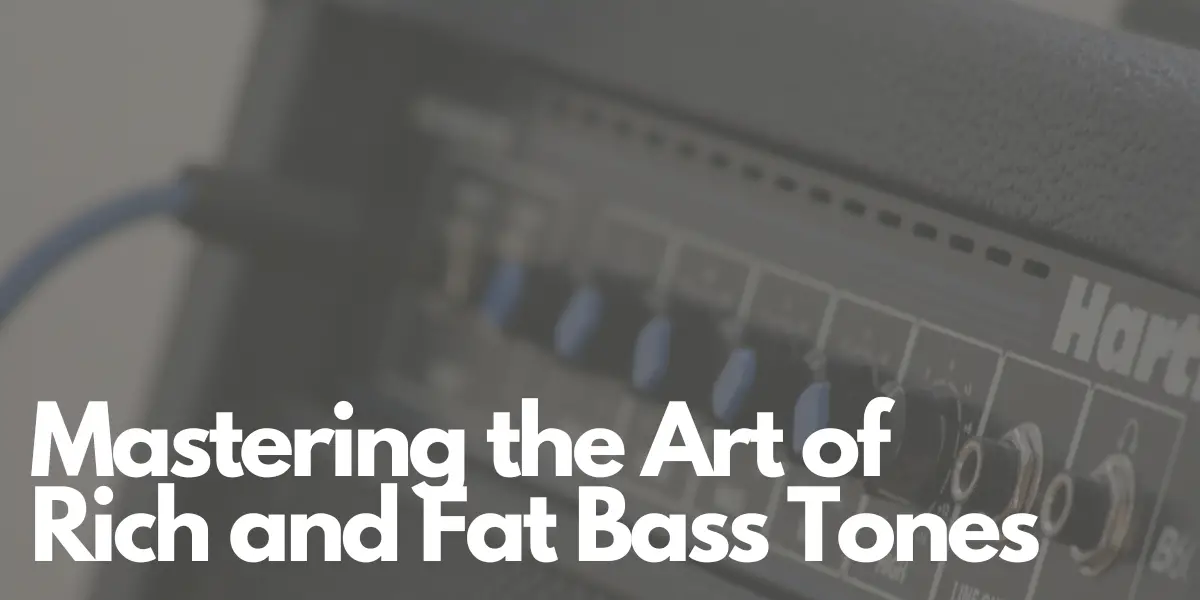A great bass tone starts with choosing the right instrument. Different basses offer distinct sound qualities. Precision Basses are known for their robust and punchy tone, while Jazz Basses provide a brighter, more flexible sound. Think about your musical style and what tonal qualities you need. The pickups on your bass are also vital – single-coils give a sharper, more precise sound, whereas humbuckers are all about that thick, full sound. And don’t forget about strings: flatwound for a smooth, warm tone and roundwound for more brightness and bite.
Amplification and Tone Shaping
Your amplifier and its settings are crucial in defining your bass sound. Tube amps are popular for their rich, warm tones, but don’t overlook solid-state or digital amps, which can also deliver satisfying results. EQ settings on your amp or bass are key – boost the lows for depth, adjust the mids for body, and find the right treble balance for clarity without losing warmth. Gain and compression controls are your friends, too, adding saturation and helping to even out your dynamics for a consistently rich sound.
Technique Matters
Your playing style has a huge influence on your tone. Experimenting with fingerstyle and pick playing can yield different sounds – one might suit your music better than the other. How you articulate notes is important; controlled attack and release can really bring out the richness of your bass lines. Adding techniques like slides and vibrato can further enrich your sound.
The Power of Effects
Effects and pedals are great tools for enhancing your bass tone. Overdrive and distortion add warmth and harmonics, giving your sound more body. EQ pedals are excellent for fine-tuning, letting you boost or cut frequencies to dial in that perfect tone. A good compressor pedal can smooth out your dynamics, ensuring your bass sound is always full and even.
In the Studio and On Stage
When recording or playing live, consider your setup. Microphone placement when recording your bass amp can drastically change the sound. A DI box gives you a clean, direct signal that’s great for mixing flexibility. Layering multiple bass tracks or doubling parts in the studio can add depth and richness to your lines.
Listening and Adjusting
The key to a great bass tone is in the listening and tweaking. It’s about finding the right combination of gear, settings, and playing techniques. By paying close attention to how your bass interacts with the rest of your music, you can craft a sound that’s both rich and driving, enhancing the groove and impact of your ensemble.
A rich and fat bass tone is more than just a setting; it’s a journey of exploration and refinement. With the right approach, you can turn your bass into a powerhouse that not only supports but elevates your music.
Author: Mike P
Hi! My name is Mike! I’ve been an apartment producer/musician for 10+ years. I’ve played in punk bands, released EDM tunes on Beatport and iTunes, and have a semi-successful stock music portfolio. Read more…


